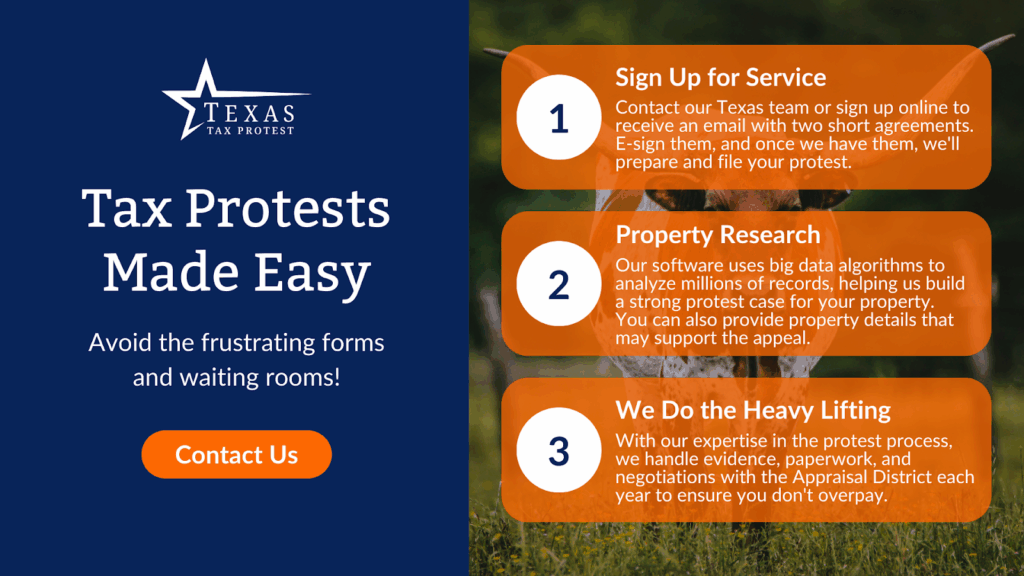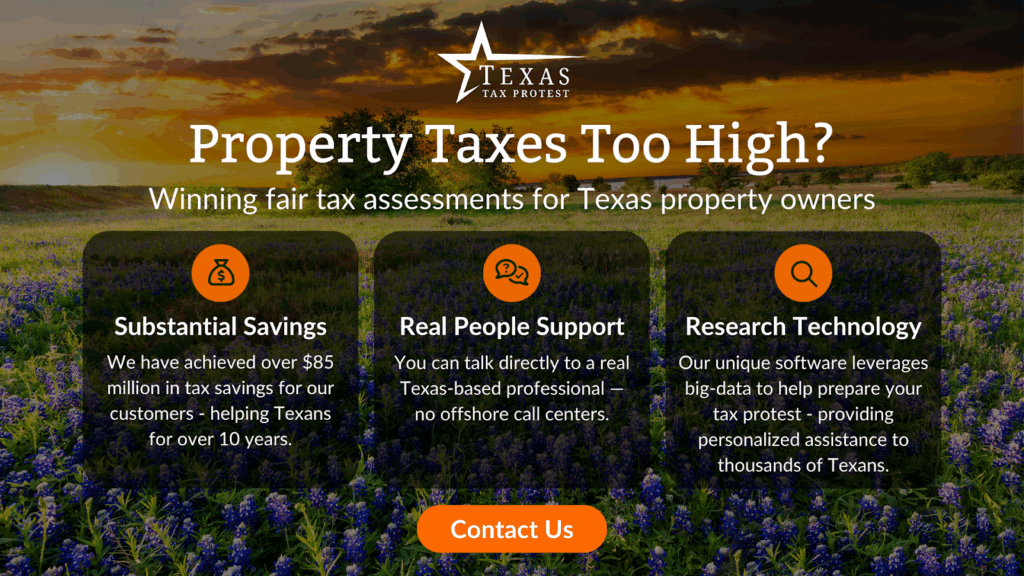
Moving to Texas? Here’s What You Should Budget For
July 31, 2025
Key Takeaways:
- Plan for Sales Tax, Relocation Expenses, and Service Deposits: From high sales tax rates to utility setup fees and long-distance moving costs, budgeting early helps reduce financial strain during your transition.
- Factor in School-related Costs, Utility Bills, and Seasonal Weather Prep: Education expenses, energy spikes during the summer, and storm-related home repairs can all shape your monthly budget in ways that aren’t always obvious upfront.
- Build in Room for Property Taxes and Ongoing Home Upkeep: Texas’s appraisal-based tax system can raise your annual costs, so it pays to review your notices closely and set aside funds for both expected upkeep and protest opportunities.
Everything feels bigger in Texas: the skies, the brisket, the highways, and sometimes, the costs of settling into a new home. From city life in Austin to quieter suburbs near Fort Worth, relocating here brings energy, culture, and an endless sense of possibility. Before you start packing boxes or scouting school districts, you should build a budget reflecting the real living costs in the Lone Star State. That means looking beyond rent or mortgage payments and accounting for sales tax, home maintenance, seasonal weather prep, and property taxes.
As trusted experts immersed in property tax law, Texas Tax Protest simplifies these complexities, so you can make confident, strategic financial decisions and avoid being blindsided by excessive assessments.
In this guide, we’ll break down the essentials you’ll want to consider as you plot your Texas move, from how property taxes work to understanding local exemptions and strategies for paying a fair rate.
Budgeting for Texas Sales Tax Before You Relocate
Moving comes with plenty of expenses, and in Texas, sales tax can quietly raise the price of everything from a couch to your first meal in town. Planning for these rates early gives you a better handle on your post-move spending, particularly when stocking up on essentials or making larger purchases.
Local Sales Taxes Can Vary by City and County
Texas has a baseline sales tax rate of 6.25%, but most areas add local taxes, pushing the total to 8.25%. Each city, county, or transit district can apply an additional 2%, so depending on where you settle, your day-to-day spending may shift more than expected.
While that extra percentage might not feel like much during a quick grocery run, it adds up fast when making large purchases. For example, moving into a new home often means buying furniture, appliances, and household essentials, and with every checkout, your total increases when sales taxes climb past the base rate.
Sales Tax Applies to More Than You Think
Texas applies sales tax to most goods and select services. While unprepared food and certain medical items are tax-exempt, restaurant meals, electronics, and furniture are all taxed. Setting up your new home or stocking up after a move involves several taxable expenses. For example, a $2,000 spend on furnishings and home goods comes with an additional $165 in taxes at an 8.25% rate.
However, even modest changes to your post-move budget can help absorb these added costs. Building a buffer for retail spending, entertainment, and dining out gives you a stronger sense of control during a busy transition. These small shifts can help keep long-term financial goals on track while you settle into your new neighborhood.
Planning for Education Costs When Moving to Texas
Public and private school options can have a meaningful impact on your budget, both in up-front costs and long-term property-related expenses. If you’re moving with children, it helps to look beyond tuition and consider how school district taxes and classroom fees affect your financial picture.
Public School Districts Are Funded Through Property Taxes
Texas public schools rely heavily on local property taxes. Higher-value neighborhoods often fund newer facilities, updated technology, and a wider range of academic programs. These perks come at a price: stronger school ratings frequently correlate with higher tax rates.
For example, an “A-rated” district in Austin might have a property tax rate above 2.4%, while a neighboring suburb with fewer amenities may stay closer to 1.9%. On a $400,000 home, that difference could amount to over $2,000 in additional annual taxes before you factor in athletic fees, technology costs, or extracurricular programs.
Private School Tuition Covers More Than Just Classes
Like most states, private school tuition in Texas ranges widely. Families may pay around $8,000 per year for smaller parochial schools or closer to $25,000 for elite college-prep programs. Additional expenses often include uniforms, registration fees, after-care, and seasonal activities.
Likewise, some families gravitate toward faith-based, Montessori, or language immersion programs that align with their family values. While these settings offer more tailored experiences, they can double or triple your annual education spending. That’s why budgeting for tuition and extras helps keep your financial plan in check.
Hidden Fees Add Up in Both Systems
Public school doesn’t always mean zero cost. Parents may encounter supply fees, one-to-one device programs, band rentals, or travel costs for school trips. Even with a fully public education, your yearly spend might rack up into the thousands.
For families enrolling in private schools, these same expenses often exceed tuition. For example, a middle school student involved in soccer, music lessons, and a class trip to Washington, D.C., might add $3,000 to the annual bill. Running the numbers in advance can help you weigh options more clearly before you commit to a neighborhood.
Factoring Seasonal Weather Costs Into Your Texas Relocation Budget
Texas doesn’t ease you in gently when it comes to the weather. From long, humid summers to the occasional winter freezes, the state’s climate can impact your household expenses in ways newcomers might not anticipate. Let’s go over a few costs you should set aside money for.
Air Conditioning and Energy Use Add Up in Summer
During peak summer months, high temperatures can send your energy bills soaring. New homeowners often face utility costs that run well above the national average in older homes with aging HVAC systems or poor insulation. Thankfully, upgrading windows, sealing attic spaces, or installing smart thermostats can make a noticeable difference in your home’s environment. A home energy audit costs around $150 to $400 and helps identify gaps that lead to energy waste.
Hailstorms and High Winds Bring Repair Risks
Texas spring and fall storms often bring hail, heavy rain, and sharp winds, particularly in Central and North Texas. These conditions can damage roofs, fences, and vehicles. Homeowners should budget for routine inspections and consider using impact-resistant roofing if buying or renovating.
Insurance coverage also matters here. For example, a policy that includes hail and wind protection may carry a slightly higher premium, but the long-term savings can outweigh repair costs after just one bad storm alone. In some areas, policies without wind coverage may exclude entire categories of storm damage.
Freezes Can Disrupt Even Mild Winters
Most winters in Texas stay relatively mild, but deep freezes like the Texas Power Crisis in February 2021 can lead to frozen pipes, power outages, and expensive recovery work. Setting aside money for cold-weather basics like pipe insulation, weather stripping, and portable heaters gives you a head start if temperatures suddenly dip. A small generator or battery backup can also be helpful if your area is prone to outages.
Don’t Overlook Tree Maintenance in Storm-Prone Areas
Mature trees can raise a home’s curb appeal but also bring long-term maintenance costs. Ice storms and high winds often bring down limbs, damaging power lines, fences, or vehicles. Depending on tree height and location, a professional tree trimming service may cost between $300 and $1,000. That upfront expense helps prevent larger emergencies and keeps your property safer during storm season.
Breaking Down Moving and Relocation Expenses in Texas
Relocating to Texas comes with more than a U-Haul rental and a change of scenery. From transportation and housing deposits to community fees and property taxes, the full scope of moving costs can stretch further than expected. Planning for each move phase – before, during, and after—helps you stay grounded and better prepared.
Long-Distance Moves Come with Flexible Price Tags
Hiring professional movers or renting a truck will likely be your most significant upfront expenses. Costs vary based on distance, home size, and the time of year. For example, a 1,500-mile move using a professional company can range from $3,000 to $8,000, depending on square footage and timing.
Factor in extras like packing supplies, fuel, and insurance for your belongings. If you’re driving across multiple states, don’t forget to include meals, lodging, and pet boarding where needed. These add-ons often inflate your moving bill by several hundred dollars, even when you’re handling the logistics yourself.
Deposits and Setup Fees Add Up After You Arrive
Once you land in your new home, upfront utility deposits and service setup fees can catch you off guard. Internet, water, and electricity may require deposits of $100 to $300 each, depending on your credit history or the provider’s policy. Some neighborhoods also charge move-in or activation fees for waste pickup, community amenities, or homeowners’ association services. If you request a sample bill from your utility provider or landlord, you can better estimate these costs ahead of time, as these smaller fees often get overlooked.
Neighborhood-Specific Costs May Surprise You
Beyond rent or mortgage payments, local ordinances and community expectations can shape your monthly spending. Cities across Texas vary in how they structure service fees, parking permits, or pool access. For example, some towns require residents to pay annual fees for trash collection or permit fees for exterior home projects.
Property management companies may also charge maintenance request fees or administrative add-ons if you’re renting. A quick review of lease terms or city fee schedules can give you a better idea of what recurring costs to expect.
Property Taxes Play a Central Role in Housing Budgets
Texas doesn’t collect a state income tax, but that revenue has to come from somewhere. Property taxes fill that gap, and they often surprise new homeowners. Depending on your appraisal district and local exemptions, these taxes can significantly shape your monthly and annual housing costs.
When reviewing listings, pay close attention to the tax rate and the home’s most recent appraised value. For example, two similarly priced homes in neighboring counties may carry a $2,000 difference in annual taxes due to district rates and valuation methods. Before committing to a property, ask about existing exemptions and how to apply for additional ones after closing.
Smart Ways to Budget for Property Taxes and Ongoing Home Maintenance
Texas homeowners can avoid financial strain by planning for the long-term ownership costs. Here are a few ways to stay prepared:
- Set aside 1% to 3% of your home’s value for yearly upkeep: Routine maintenance costs can add up quickly. Saving a small percentage of your home’s total value each year gives you a cushion for expected repairs like HVAC servicing, appliance replacements, and plumbing issues.
- Budget for repairs tied to local weather conditions: Texas homes face heat, humidity, and seasonal storms that accelerate wear and tear. Setting money aside for roofing, siding, or foundation work can help you handle damage without scrambling.
- Plan for annual property tax payments: Texas counties rely on property taxes to fund schools and public services. Tax rates vary by location; high property values can push bills higher than expected. Reviewing the appraised value in your annual notice allows you to evaluate whether it reflects your home’s current condition.
- Track property features that could affect your assessed value: Appraisal districts compare your home to nearby properties, known as comps. Minor differences, like a smaller lot size, an outdated kitchen, or an older roof, can be used to adjust your value during a protest.
- Revisit your budget after each appraisal season: Once you receive your appraisal notice, review changes and update your annual budget accordingly. If the increase feels out of line with neighborhood trends, you may want to explore a formal protest with help from our team.
Final Thoughts
Relocating to Texas calls for more than organizing boxes or locking in move-in dates. Long-term financial planning makes a meaningful difference once property taxes, exemptions, and appraisal methods come into play. Budgeting early helps you stay grounded through every season and settlement.
Our team at Texas Tax Protest works directly with homeowners, veterans, seniors, and commercial property owners across the state. We break down property tax laws, clarify your protest options, and help you move forward with clarity. Wherever your move takes you, we’re here to keep the financial side of things less overwhelming. Let’s make your financial transition as smooth and stress-free as your new Texas adventure deserves to be.
Read more:
- The True Cost Of Homeownership: It’s More Than Just Your Mortgage
- Texas vs. California Property Taxes: Which State Hits Your Wallet Harder?
- Home Equity Loan vs, HELOC: Breaking Down The Pros, Cons, And Use Cases
Frequently Asked Questions About Moving to Texas
How much should I budget for healthcare in Texas?
Healthcare costs vary across Texas depending on your region, age, and whether you receive insurance through an employer. On average, individual health plans range from $400 to $600 per month. For families or those seeking broader coverage, premiums may climb higher in addition to your monthly premium. Plan for out-of-pocket expenses like co-pays, prescriptions, and deductibles.
Do I need to budget for state income tax in Texas?
Texas does not collect a state income tax, meaning residents keep more paychecks than in states like California or New York. However, the state offsets this with higher property and local sales taxes. These categories may account for a larger share of your monthly spending.
Can I save money by living in a smaller town in Texas?
Many smaller towns throughout Texas offer lower housing prices and reduced property tax rates than metro areas like Austin, Dallas, or Houston. That said, some expenses, such as utilities or insurance premiums, may remain steady across the state. Consider how commuting distance and access to services influence your overall budget.
What financial benefits can I expect from moving to Texas?
One of the most significant advantages is the lack of a state income tax. In many parts of Texas, real estate prices are more affordable than coastal markets. For property owners, exemptions like the homestead exemption or those available to veterans and seniors can lower the taxable value. Our team at Texas Tax Protest helps clients make the most of these opportunities through hands-on support and data-driven protest strategies.
What is the cost of living in Texas compared to other states?
Texas generally boasts a lower cost of living than many coastal states. Housing is often more affordable, especially in small and mid-sized cities. However, higher property taxes may offset some housing savings. Everyday expenses like groceries and transportation are on par with or slightly below the national average.
What are the average utility costs in Texas?
Utility costs depend on location, home size, and how energy-efficient your property is. On average, Texas homeowners pay around $150 to $250 monthly for electricity, $30 to $50 for water, and $60 to $100 for internet service. Summer electricity bills can spike due to prolonged air conditioning use, so investing in insulation or smart thermostats may help reduce those costs.








